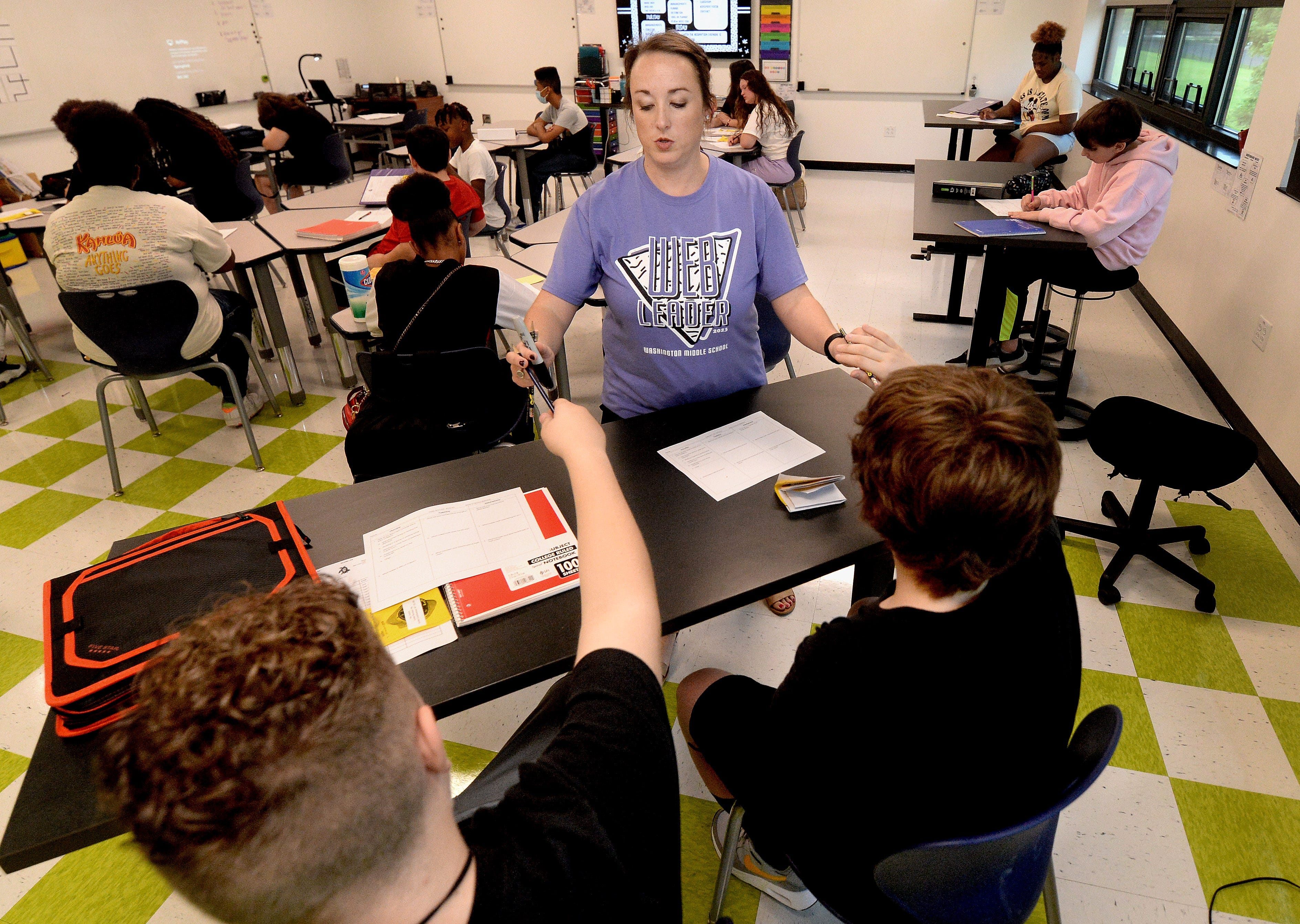
As the 2023-2024 school year ramps up, schools districts across the country are confronted with yet another year of staff shortages. From four-day school weeks, expanded teacher certificate programs to recruiting custodians and lunchroom workers, schools are finding creative short-term solutions to address the ongoing crisis.
Last year, the National Center for Education Statistics’ (NCES) School Pulse Panel reported 42% of all principals, said that teachers and staff leaving the profession became a “more pressing concern” during the last school year.
Trends in staff shortages are even worse for schools with large numbers of minority students. About four in 10 schools with more than 75% minority populations have multiple teaching vacancies, according to NCES.
Here’s how teacher shortage trends vary by region and what subject areas are the most strained.
Teacher shortages in the US
Larry Delaney is a high school math teacher in Washington state and the president of the Washington Education Association. He says that even when Washington state has the money to pay larger salaries and hire more educators, the supply of educators in high-need subject areas is not available.
“Let’s say the legislature wants to fund one mental and behavioral health counselor per building in Washington. We have 4,000 school buildings in Washington state. But we don’t have 4,000 mental and behavioral health professionals looking for jobs,” said Delaney.
School districts are looking at short-term fixes to staff shortages, such as granting emergency teaching certificates to people who have not completed the preparation program. Although the shortage is addressed, Delaney says it’s not best practice.
How do regional teacher shortages compare to the rest of the US?
Washington, Oregon, California, Alaska and Nevada had some of the lowest teacher-to-student ratios across the nation, according to Scholaroo—an education research firm. Their 2023 report shows these western states fall in…
Read the full article here
Leave a Reply